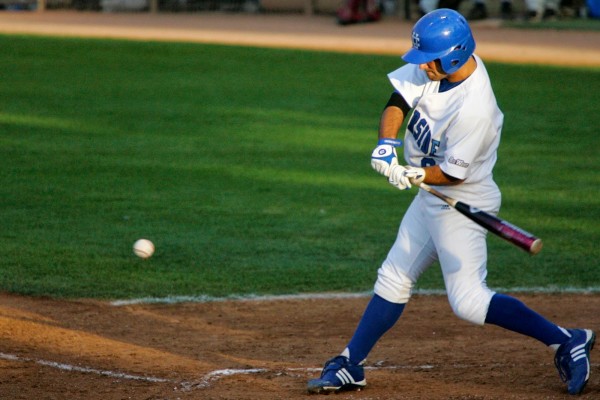<p style="text-align: justify;">In order to hit the ball successfully, baseball players need to recognize and respond to curve balls immediately. Unfortunately, this can be quite difficult to do. In fact, good curve ball hitters are valued more than good fast ball hitters. It is true that there are more fast balls in the game, than curve balls. Predicting the movement of fast balls is easier than handling curve balls. The faster we recognize that a curve ball being thrown, the more opportunity we have to react. In a baseball game, a fraction of a second may feel like an eternity, as the pitcher is about to throw the ball. When the batter is a fraction of a second late in determining the type of ball being thrown, it is less likely for him to hit the ball. There are different ways to quickly recognize curve balls. As an example, batters should focus on the release point of the ball, as it leaves the pitcher&#8217;s hand. With enough practice, it should be quite easy to differentiate the release point of a fastball and a curve ball. As soon as the ball leaves the pitcher&#8217;s hand, we should watch its trajectory. We should be able to notice slight arc that doesn&#8217;t visible on any fast ball. The angle of pitcher&#8217;s arm should also be observed.</p>
<p style="text-align: justify;">When the pitcher is about throw a fast ball, the pitcher may do it nearly overhand, while with curve ball, it needs to be dropped slightly. However, each pitcher may have different hand movements. Players should watch many times how curve balls are thrown. This will allow them to sense whether a curve ball is being thrown. During training sessions, curve balls could be thrown randomly between fast balls, so players will be able to expect the unexpected. The pitcher may mix one curve ball with five or ten fast balls. This should allow pitchers to immediately recognize curve balls during important games. If players are serious about sensing and hitting a curve ball, they will be more focused and train on how to react quickly. In order to become fully responsive, players may need to deal with 100 of random curve balls each week during training sessions. It takes a lot of practice if players want to improve recognition of curve balls. Quick hands are essential to successfully hit both curve ball and fast ball. Players with quick hands are able to respond faster and they could actually have a bit more time to sense the movement of the ball. Players should also avoid being over committing and they need to stay back.</p>
<p style="text-align: justify;">All the above techniques and methods are useful for players who don&#8217;t want to be fooled by curve balls. Players should be properly balanced and they need to avoid positioning themselves too close to the players. Even so, regardless what technique we use to accurately hit curve balls, there&#8217;s no substitute for quick detection and quick hands. Some variants of curve balls can be especially hard to tackle. As an example, some pitcher may throw low curve balls with downward movement. During training sessions, it is important that players are familiarized with different forms of curve balls.</p>

How to Successfully Hit Curve Balls?
